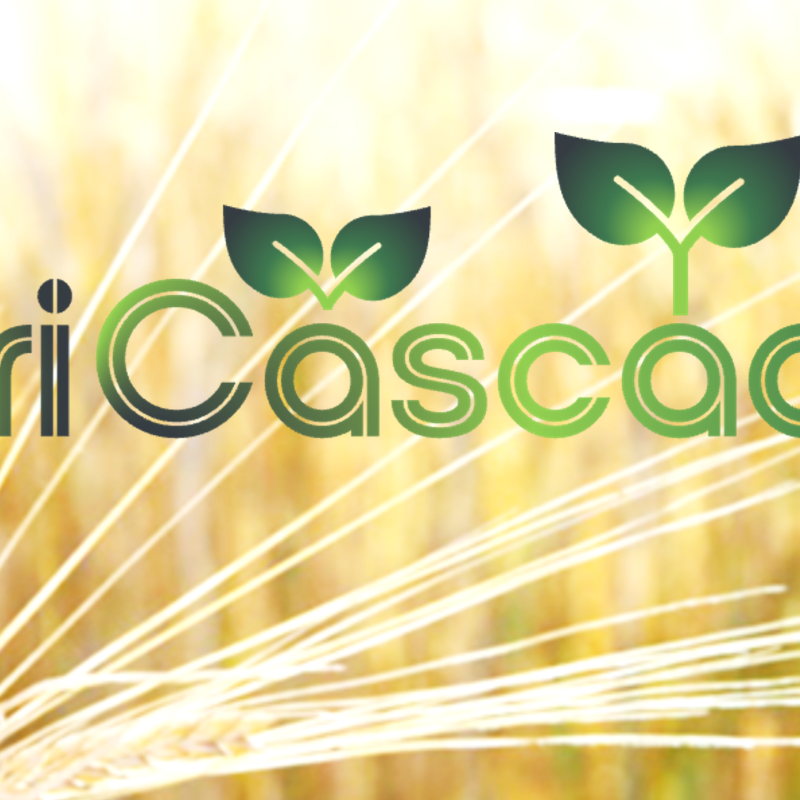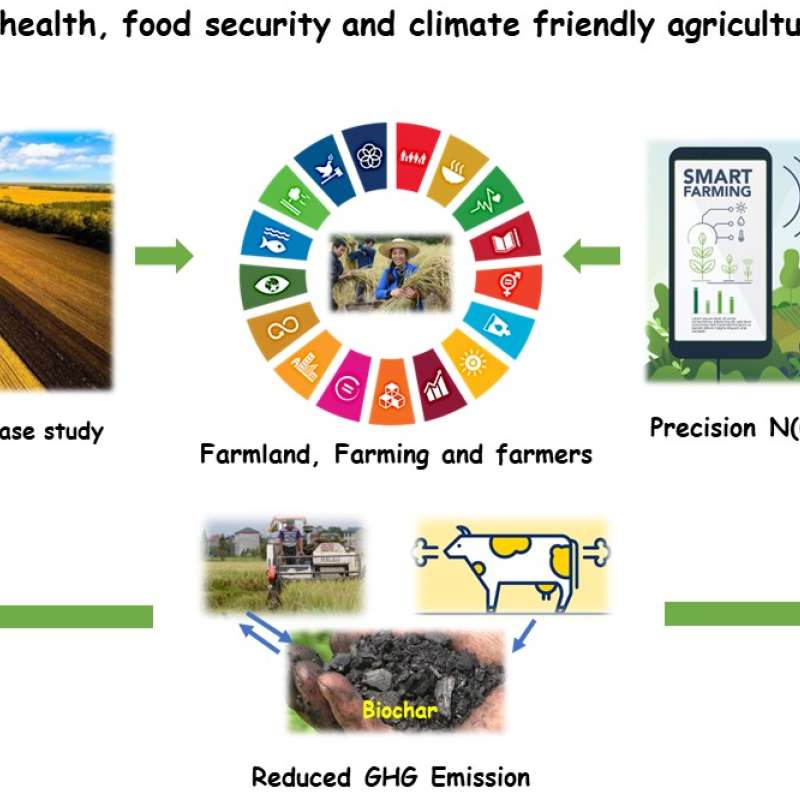Thiago Inagaki
Research Scientist
Biography
Bachelor's and Master's in Agronomy and a Dr. in Natural Sciences (Dr. rer. nat.) focusing on Soil Science. Research focused on the effects of land use and management on soil C persistence, and mechanisms of soil organic matter protection through organo-mineral associations. Led projects intersecting soil quality, sustainability, and geosciences using advanced methods, including 13C-NMR, SEM/TEM, STXM, NanoSIMS, FIB-SEM, and stable isotopes (13C and 15N).
Authors
Igor A. Yakovlev Thiago Inagaki Junbin Zhao Pierre-Adrien Rivier Hege Særvold Steen Inger Heldal Daniel Rasse Jihong Liu Clarke Nicholas ClarkeAbstract
No abstract has been registered
Abstract
No abstract has been registered
Authors
Luiz C. Garcia Carlos H. Rocha Nátali M. de Souza Pedro H. Weirich Neto Jaime A. Gomes Thiago InagakiAbstract
No abstract has been registered

Division of Environment and Natural Resources
Conservation of Biodiversity in China in the light of Climate Change
Climate change is becoming an increasingly important pressure on biodiversity, which adds to the burden of other drivers of loss of biodiversity causing negative effects on ecosystems and species

Division of Environment and Natural Resources
AgriCascade
Cascading recycling of organic N-sources with next-generation biochar fertilizer for Norwegian agriculture

Division of Environment and Natural Resources
Sinograin III: Smart agricultural technology and waste-made biochar for food security, reduction of greenhouse gas (GHG) emission, and bio-and circular economy
The Sinograin III project’s overall objective is to contribute to the UN SDGs by widely implementing precision agriculture technologies and application of “waste-to-value” biochar products to achieve sustainable food production with minimized GHG emission, improve soil fertility and promote green growth/zero waste in modern agriculture in China.

Division of Environment and Natural Resources
SiNorAMR
Full title: Collaborative and Knowledge-building Project Collaborative Project Systematic detection and mitigation of antimicrobial resistance in soil environment and animal health contributing to human health (SiNorAMR)
